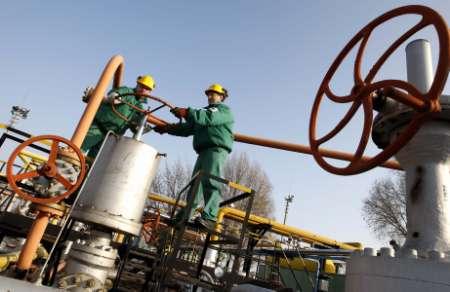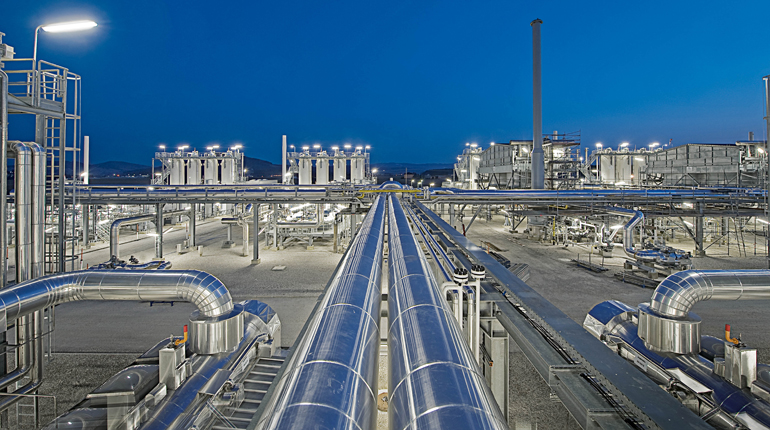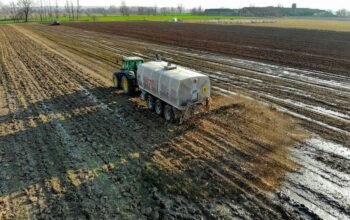Global oil demand will expedite next year as the global economy resumes its growth. The demand will again encounter not only increasing growth rates across developing and emerging world but will also be met by climbing supplies from Canada and the United States, further corroding the market share of the Organization of Petroleum Exporting Countries (OPEC). However, the International Energy Agency (IEA) warned earlier this month that although the oil prospects of North America were favourable, oil production could be jeopardized in many countries of the Middle East and North Africa. The IEA commented that “supply risks in the MENA region, not least in Iraq and Libya, remain extraordinarily high”. For instance, North Sea Brent crude oil logged its three-quarter high above 115 USD a barrel last month due to a Sunni Islamist insurgency that hit north-western Iraq. The rebels took control of the majority of the oil producing country and closed down its largest refinery. The oil sapped during last month and markets remain anxious about further supply from this region.
The IEA expects that global oil demand should go up by 1.4 million barrels a day next year, which is a rise by 0.2 million from this year’s 1.2 million barrels. To a great extent, it is mainly the newly industrialized and emerging economies contributing to the rise. For example, China, the most populous economy in the world, will need to satisfy oil demand growing by 4.2 percent while the world’s largest consumer of oil, the United States, will need to increase its oil consumption by merely 0.2 percent to 19.1 billion barrels a day. Supply gains will be generally led by non-OPEC countries. Both the USA and Canada remain “the mainstay for growth but sources are expected to be more diverse next year,” says the IEA. Brazil, Great Britain, Vietnam, Malaysia, Columbia, and Norway are all expected to contribute to the growth in oil output in 2015. The leader of the group will remain to be North America, which will supply about two thirds of the net non-OPEC supply increase.




